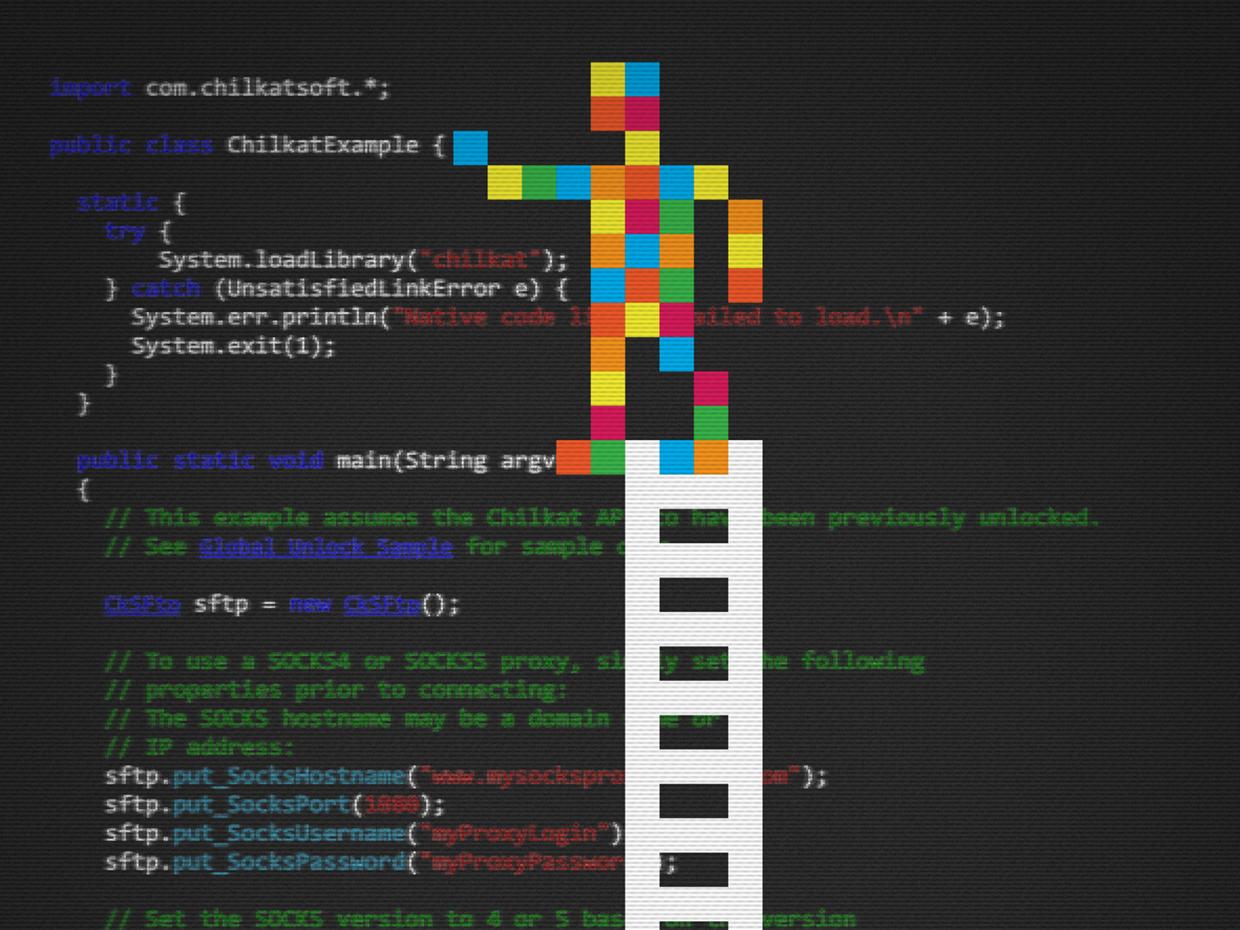
Revolutionizing Reasoning Capabilities in Large Language Models
Large language models have made tremendous progress in recent years, demonstrating impressive performance in tasks such as drafting legal briefs, analyzing customer reviews, and translating documents. However, these models often struggle with tasks that require numerical or symbolic reasoning. For instance, a language model might be able to recite a list of U.S. presidents and their birthdays, but it may fail to answer a question like “Which U.S. presidents elected after 1950 were born on a Wednesday?” (The answer is Jimmy Carter.)
 A new technique enables large language models to solve numerical, analytical, and language-based tasks transparently.
A new technique enables large language models to solve numerical, analytical, and language-based tasks transparently.
Researchers from MIT and elsewhere have proposed a novel approach to overcome this limitation. Their method, called natural language embedded programs (NLEPs), enables large language models to solve natural language, math, and data analysis, and symbolic reasoning tasks by generating programs. This approach involves prompting a language model to create and execute a Python program to solve a user’s query, and then output the solution as natural language.
“The approach is also generalizable, which means one NLEP prompt can be reused for multiple tasks.”
The NLEP method has been shown to achieve higher accuracy on a wide range of reasoning tasks. Moreover, it improves transparency, as users can check the program to see exactly how the model reasoned about the query and fix the program if the model gave a wrong answer.
NLEPs enable large language models to solve numerical, analytical, and language-based tasks transparently.
The implications of this breakthrough are significant, as it enables large language models to tackle complex tasks that were previously out of their reach. With NLEPs, these models can now provide more accurate and informative responses to user queries, making them even more powerful tools for a wide range of applications.
 NLEPs have the potential to revolutionize the way we interact with large language models.
NLEPs have the potential to revolutionize the way we interact with large language models.
In conclusion, the development of NLEPs marks a significant milestone in the advancement of large language models. By enabling these models to solve numerical, analytical, and language-based tasks transparently, NLEPs open up new possibilities for their application in various domains.















